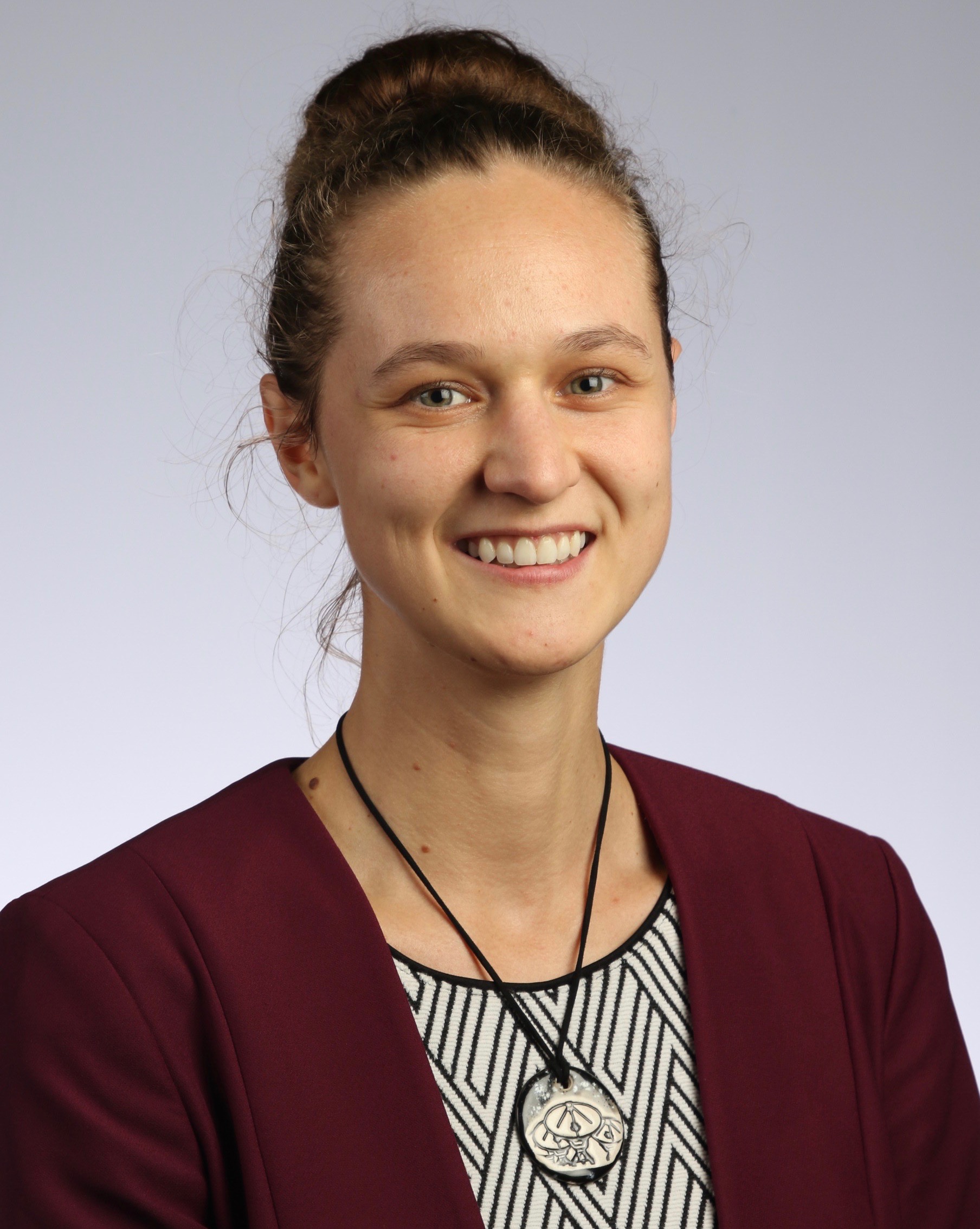Research Question
Why does the galaxy cluster MOO 1506+5137 have a high number of radio galaxies?
Quick Summary
We find that there are five radio sources located within 500 kpc (∼1′) of the galaxy cluster center. The typical host galaxies are among the highest stellar mass galaxies in the cluster. The exceptional radio activity among the massive galaxy population appears to be linked to the dynamical state of the cluster. We find that the distribution of galaxies, the morphology of the radio galaxies, and the mass of the cluster all indicate that this cluster is a merging system. The data suggest that during the merger phase radio activity can be dramatically enhanced, which would contribute to the observed trend of increased radio activity in clusters with increasing redshift.
Publication:
Full Summary of Findings
The Curious Case of MOO J1506+5137
MOO J1506+5137 is a high-redshift (z = 1.09±0.03) massive cluster identified in The Massive and Distant Clusters of WISE Survey (MaDCoWS: see Gonzalez+19). During the analysis of the Radio-Active CoWS sample of 50 clusters, we discovered that MOO J1506+5137 had more radio activity that the rest of the sample. MOO J1506+5137 is set apart from other MaDCoWS clusters and radio-active MaDCoWS clusters with its high number of radio sources (5) and the number of complex radio sources that appear to be AGN jets (3), of which two are bent tail sources. The radio morphologies of these sources include one bent-tail/wide-angle tail/hybrid-morphology radio source, one bent-tail, one FR II, and two point sources (see figure below).

Host Galaxies
We identified counterparts for four out of the five radio sources. Three of these counterparts have colors consistent with a passive galaxy at z > 0.7 and one has colors consistent with a star forming galaxy at z > 0.7. Out of the seven galaxies with the highest stellar mass in the cluster, three of them have associated radio emission and none of these three are the brightest cluster galaxy candidates.
Evidence for merger
There is compelling evidence that this cluster is a merging system. First, the spatial density and distribution of galaxies approximately at the cluster redshift indicate that there is a subgroup to the northeast of the main cluster. Second, the presence of two BT sources – one of which is a possible WAT/HyMoRS – indicate a merging and chaotic environment. Third, the SZ mass and richness of this cluster place it in the regime of merging clusters on the MaDCoWS mass-richness relation.
Implication
These data are suggestive that radio activity can be dramatically enhanced during the merger phase, which would contribute to the observed trend of increased radio activity in clusters with increasing redshift.
Research Question Answer
Q: Why does the galaxy cluster MOO 1506+5137 have a high number of radio galaxies?
A: It is a merging cluster system.
